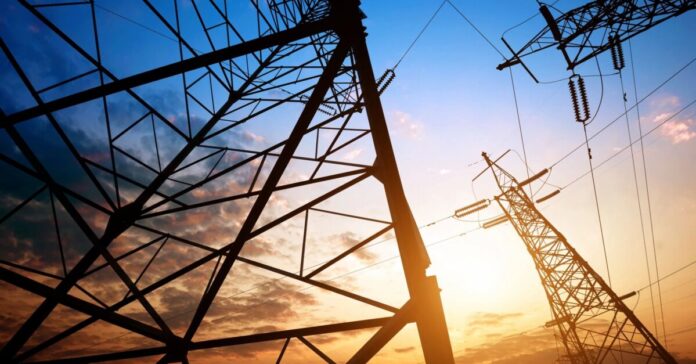For anyone paying attention, Pakistan just demonstrated what a country-wide blackout looks like. Let’s see what lessons we can learn from this.
What Happened
Earlier this week, 220 million out of a total population of 240 million people had no electrical power in Pakistan after what the Ministry of Energy admitted was a “widespread breakdown of the power system.”
Apparently, Pakistan had cut its generation during the night to save money and could not spool the power back up fast enough to meet demand the next morning. This caused power frequency fluctuations. Because such fluctuations can damage equipment, automatic safeguards likely kicked in and shut down many distribution systems. This caused a cascading power collapse that eventually knocked power out to most of the country.
When a breaker in your house trips, it’s easy to reset, even though you might have to run down to the basement or a closet that houses your electrical box. Imagine having to do that for the entire country.
It Can Happen Here
Not only can problems like this happen here, they have happened in the past. Some automated systems can reset themselves, but the larger ones often have to be reset by employees. Some can be reset remotely, but sometimes it requires a visit to a substation or other distribution center.
It was to prevent this kind of a collapse that Texas had to shut power off to so many customers in February 2021 and why North Carolina and Tennessee suffered rolling blackouts with no warning over the recent Christmas Weekend Cold Snap.
Yes, thanks to green energy policies, our infrastructure is now not much better than that of a third world nation.
Restarting Takes Time
By the next day, major cities had power restored, but there were still multiple outages, especially in rural areas.
Rebooting the power system is difficult because power plants need power to start. In fact, a surprising percentage of the power produced by a power plant goes to operating the plant. If it isn’t running, it requires power from an operating plant or from multiple diesel generators. Think of it like jump starting a car. If all the batteries are dead, you can’t do it.
Side Effects
With now power, half of the country’s telecommunication towers stopped working, which meant no mobile communications or Internet. Water systems in some areas also failed as pumps shut down due to lack of power, and electric trains ground to a halt.
In the U.S., most water utilities have backup power, but backup systems last for only a limited time. In a catastrophic grid-down situation, their generators will run out of power. Count on cell service dying out in 72 hours or less. If you rely on municipal water, better fill up those bottles and buckets at the beginning of an outage.
Factories also shut down and restarting them will take time. When I worked in an industrial sector, our plant got power from two different but redundant sources. Ideally, damage at one substation or distribution point would not shut the plant down because power would come in from the second. That would not work in a massive power outage. In that scenario, the plant would need to have its own generation or co-generation plant to provide uninterrupted power.
Be Prepared
As we see reliable fossil fuel generation replaced by fickle wind and solar, you need to be prepared for multi-day outages. For many, being prepared means having a generator. It could also mean having standby batteries to run critical infrastructure and solar panels to recharge them. In fact, an optimal system might gave lithium-ion batteries for on-demand power with both solar panels and a gas, propane, or diesel-powered generator to charge the batteries if the sun doesn’t shine.
For the long run, a personal solar power, wind, or hydropower system is the best option, although someone with the necessary equipment and knowledge might be able to run a generator with a steam engine.
Get Home Bags
If you commute via car, this kind of a power outage won’t affect your mobility, but it will make every intersection more dangerous as the stoplights won’t be working. My advice is to plan a path home using Interstates, which don’t’ have stop lights, or backroads through neighbor hoods and rural areas where there I less traffic and fewer traffic signals.
If you take mass transit, there’s a possibility it won’t be operating because it is electric or because of no signals. This is when your get home bag will come in useful. It will either provide you with snacks and water while you wait or the tools and sustenance you need to walk home.
W used to worry about power in bad weather. Now the danger of blackouts is more prevalent than ever.







